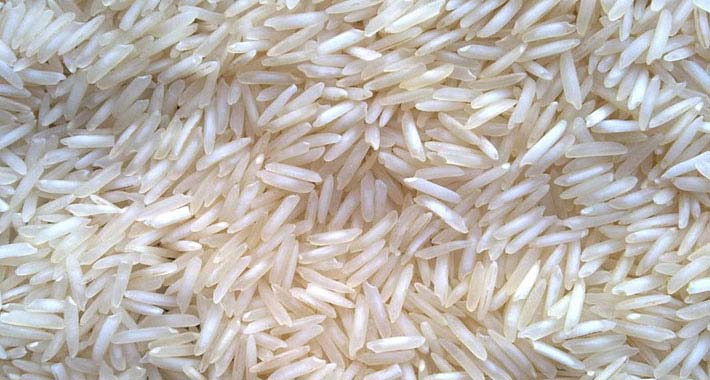Basmati Paddy Wholesale Prices Plummets by Over 50% Month-on-Month in February
By Yukta Mudgal
The average wholesale prices of basmati paddy on Friday, February 9 slumped by more than 50% in February, according to the Agmarknet portal, run by the Union Ministry of Agriculture and Farmers Welfare. The Basmati Paddy dropped to Rs 1,957.14 per quintal in February from Rs 3,722.47 in January, this year.
The largest producers of Basmati Paddy include West Bengal, Uttar Pradesh, Madhya Pradesh, Punjab, Rajasthan, Tamil Nadu, and Uttarakhand. Among all the states, wholesale prices of Basmati Paddy in Haryana plummeted by Rs 145 per quintal to Rs 4,594 month-on-month in February. The variety 1121 of Basmati dropped by Rs 17 per quintal month-on-month in February to Rs 4,423, and that of Basmati 1509 fell by Rs 40 per quintal to Rs 3,725.
Variety 1121 of Basmati Paddy and Basmati 1509 have fallen in other regions as well. In Punjab, one of the prominent agricultural prosperous states, variety 1121 saw a huge drop of Rs 358 per quintal month-on-month to Rs 3,691 in February. Similarly, it dropped by Rs 41 per quintal in Uttar Pradesh.
Prices of another popular variety, Basmati 1509, fell by Rs 79 per quintal in Uttar Pradesh, and the Sugandha variety of Basmati Paddy fell by Rs 248 per quintal to Rs 2,781. However, wholesale prices of Basmati Paddy increased marginally in states such as Uttar Pradesh, Uttarakhand, and Rajasthan by approximately Rs 40-140 per quintal in February. The state that saw the highest rise in prices in February is Rajasthan’s Basmati 1509 variety.
The government banned the export of non-basmati white rice last year and imposed a 20% export duty on parboiled rice to ensure domestic availability. A minimum export price of $1,200 per tonne of basmati rice was also imposed.
For those interested in exploring the prices of various crops in their respective state markets, the official website [agmarknet.gov.in](https://agmarknet.gov.in/) provides a comprehensive list. Understanding the price dynamics of different crops and their quality assessment remains pivotal in navigating market fluctuations for farmers and traders alike.
This article has been republished from The Krishi Jagran.

